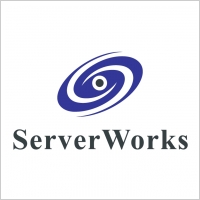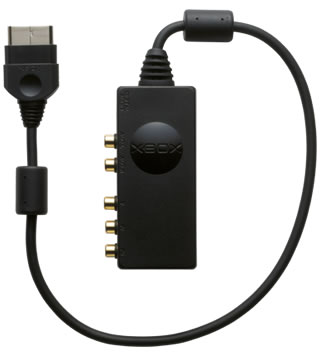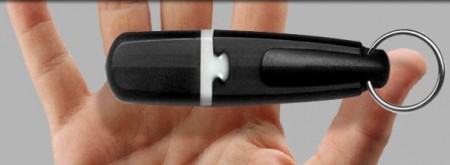This one will be short and sweet with three options available for RAM: ECC (or parity), buffered (or registered), unbuffered. First step is to match the RAM to your motherboard, so use SDRAM, DDR, DDR2 or FB-DIMM. You don’t get a choice on that one. As well you should match the speed of your memory to the motherboard and processor requirements. It’s the additional choices listed above that matters to a server: let’s look at each.
ECC or error correcting code RAM contains extra chip(s) that check for any memory errors and corrects them. Just like it sounds. Buffered RAM has a buffer for memory transactions to make sure no errors occur. Again pretty straightforward. Combine the two and you have RAM that buffers and checks for errors: solid memory protection but at the cost of some performance. That’s why most RAM has neither functionality and we don’t really notice any memory problems.
Single CPU socket motherboards and their chipsets normally support ECC but not buffering. The Tyan i3210w uses the Intel 3210 chipset and supports ECC/non-ECC and unbuffered, but not buffered memory. Since this is Intel’s current single socket server chipset that’s pretty definitive. My current favorite motherboard, the eVGA e-7150 uses the Nvidia 630i chipset and doesn’t support ECC or buffered memory. Unfortunately I couldn’t locate any more information about Nvidia’s chipsets and their support of ECC and buffered memory. At least you don’t need to use ECC and Buffered memory: it’s a requirement for almost all two CPU socket motherboards.




